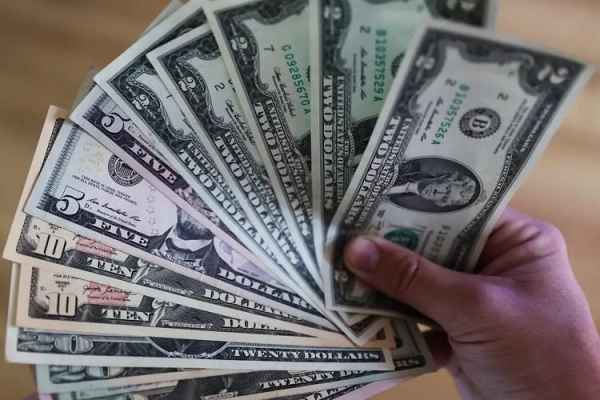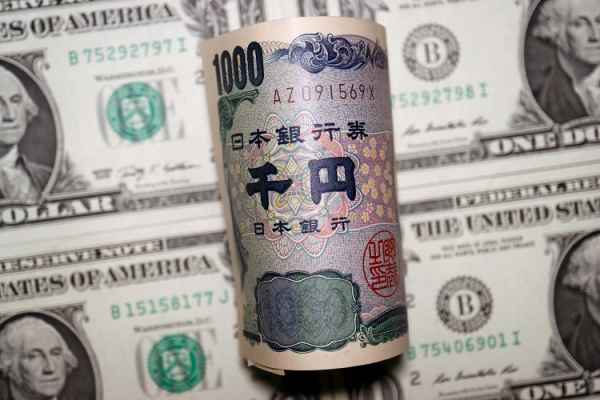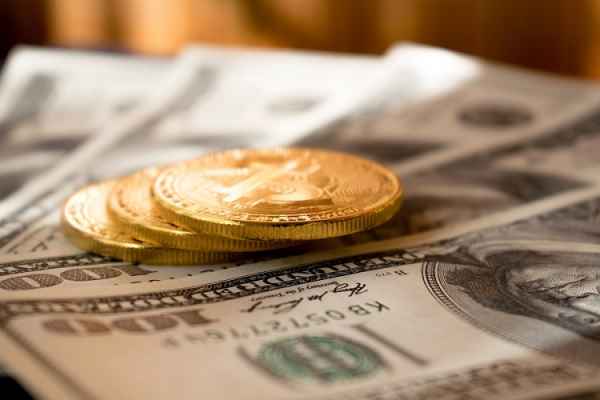The statement of Fed Chairman Jerome Powell carries two critical signals that have a bullish impact on the US dollar.
The US Dollar Index (DXY) recorded a daily gain of almost 1%, reaching a high of 105.35 during the mid-session in New York on Tuesday (March 7th). The Greenback rally was fueled by the hawkish tone of Federal Reserve Chairman Jerome Powell's testimony, which weakened other currencies.
AUD/USD plunged by almost 2% to around 0.6600. GBP/USD fell 1.3% to around 1.1865. EUR/USD and NZD/USD dropped by more than 1%. USD/JPY strengthened by 0.6%, while USD/CAD reached its highest since October 2022.
 DXY Daily chart via TradingView
DXY Daily chart via TradingView
Jerome Powell acknowledged that inflation has slowed in specific sectors, such as housing. However, the pace of inflation in other important sectors remains high, especially in the area of services. Therefore, he believes that monetary policy should remain tight.
"The latest economic data have come in stronger than expected, which suggests that the ultimate level of interest rates is likely to be higher than previously anticipated," Powell said in remarks prepared for two appearances this week on Capitol Hill. "If the totality of the data were to indicate that faster tightening is warranted, we would be prepared to increase the pace of rate hikes."
Powell's statement carries two signals. First, the terminal interest rate is likely to be higher than the previous estimates by Fed officials. Second, the Fed may raise interest rates by more than 25 basis points at the upcoming FOMC meeting if inflation remains high.
In the December 2022 FOMC meeting, Fed officials released a dot plot scheme projecting a terminal interest rate of 5.1%. However, recent news has led market participants to increase their estimates of the terminal interest rate to 5.25%-5.50%.
Powell's testimony did not reveal his projections for how far the Fed will raise interest rates in the future. However, the market is increasingly confident that the next FOMC meeting will release a dot plot scheme with higher "rate hike" projections.
Furthermore, Jerome Powell emphasized in his testimony that interest rate decisions will be based on considerations at each meeting. The Fed does not have a specific plan for interest rate hikes, but rather each decision will depend on data and its impact on inflation and economic activity.

 Dedicated FREE FOREX VPS
Dedicated FREE FOREX VPS Free FOREX Virtual Private Server
Free FOREX Virtual Private Server MT4 Demo Contest, Get $500
MT4 Demo Contest, Get $500 Sign Up for an Account, Claim 60% Deposit Bonus
Sign Up for an Account, Claim 60% Deposit Bonus Free MT4/MT5 VPS 2024
Free MT4/MT5 VPS 2024 Send E-mail and Get Free Merchandise
Send E-mail and Get Free Merchandise $1K Refer a Friend Bonus for Pepperstone Pro clients
$1K Refer a Friend Bonus for Pepperstone Pro clients Maximize Your Earnings with 100% Deposit bonus
Maximize Your Earnings with 100% Deposit bonus Trade to Win, $5,000 Monthly Demo Contest
Trade to Win, $5,000 Monthly Demo Contest Claim 30% + 15% Deposit Bonus from LiteFinance
Claim 30% + 15% Deposit Bonus from LiteFinance






